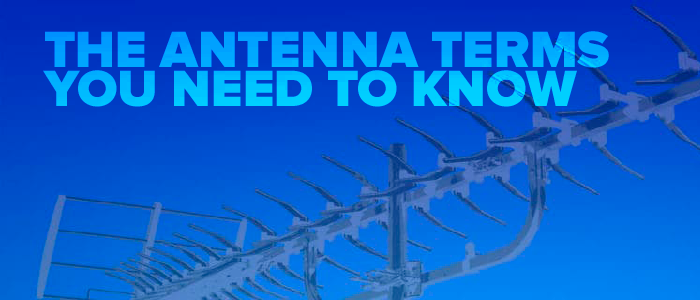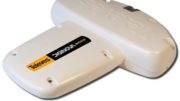Here’s another one of those terms that you hear from time to time. Unfortunately there’s no trade association that regulates terms like this but there is some general agreement to what they mean. I’m here to give you my best interpretation of terms like this so you can make the best possible decision when you’re buying an antenna.
“Deep fringe”
The term “deep fringe” essentially means, “antenna reception beyond what you should really expect. In most cases this means 60+ miles although it can mean more or less depending on your particular situation. If you’re in Southern California’s LA Basin, you can get great reception 75 miles out in some cases because the further away you get from the towers, the higher up you get. On the other hand, in flatter states with more humid climates you might only reliably get 35 or 40 miles.
Using a “deep fringe” antenna means using something designed to get those really distant signals.
What’s the benefit of a “deep fringe” antenna?
A deep fringe antenna can help you get TV reception from a great distance. You’ll get better raw gain. In other words, more signal will come into the antenna. Raw gain is always better than amplified gain. While an amplified antenna will help you get better signal-to-noise ratio, which is the most important measure of digital signals, you can’t amplify what isn’t there. So it’s important to have as much signal as possible before you start to amplify.
What are the issues you might have with a “deep fringe” antenna?
Unfortunately there is no magic antenna that will work in every situation. There are always tradeoffs. While a deep fringe antenna will give you the best chance of getting distant signals, it isn’t the perfect option for everyone. Here’s why
Beam width issues
Beam width is a measure of how far off-aim you can be and still get signals. Deep fringe antennas often have a fairly good beam width, similar to other antennas, but the real strong part of the reception plot comes when the antenna is pointing straight ahead. Let’s put that in “layman’s terms.” You might be able to get signals that are to the left or right of where you’re aimed. The manufacturer will include that information. But when it comes to the really good reception, you’ll need to be pointed straight at that tower.
Size issues
There’s no getting around the fact that deep fringe antennas can be big. They are usually very long and they don’t work indoors. Your HOA has to let you use an antenna smaller than 39″ in any direction, but some deep fringe antennas are larger than that.
Closer signals may overpower the antenna
If you are trying to get a very distant signal, a closer one may overpower it. Imagine you are in Gary, Indiana and you’re trying to get signal from Evanston, Illinois which is 81 miles away. Chicago’s broadcast towers are in between you and Evanston and you probably won’t be able to get those Evanston signals no matter what you do because the signals from Chicago will overpower them.
These antennas may be UHF-only
It’s pretty common for deep fringe antennas to be UHF-only. VHF signals don’t come in as reliably using the most common deep fringe antenna designs.
Which “deep fringe” antenna should you pick?
I almost always recommend our Xtreme Signal HDB91X antenna. It’s been a best seller for years and there’s a good reason why. You won’t find a more sensitive antenna at the price. It consistently outperforms other antennas in the price range and even does very well against other, more expensive antennas.
If you’re not sure if you need a deep fringe antenna or even which antenna will work for you at all, why not get a free recommendation from a tech at Solid Signal? There’s no obligation and unlike antenna finder apps, you get the benefit of a real person with real experience. Check it out or call our US call center at 888-233-7563.




